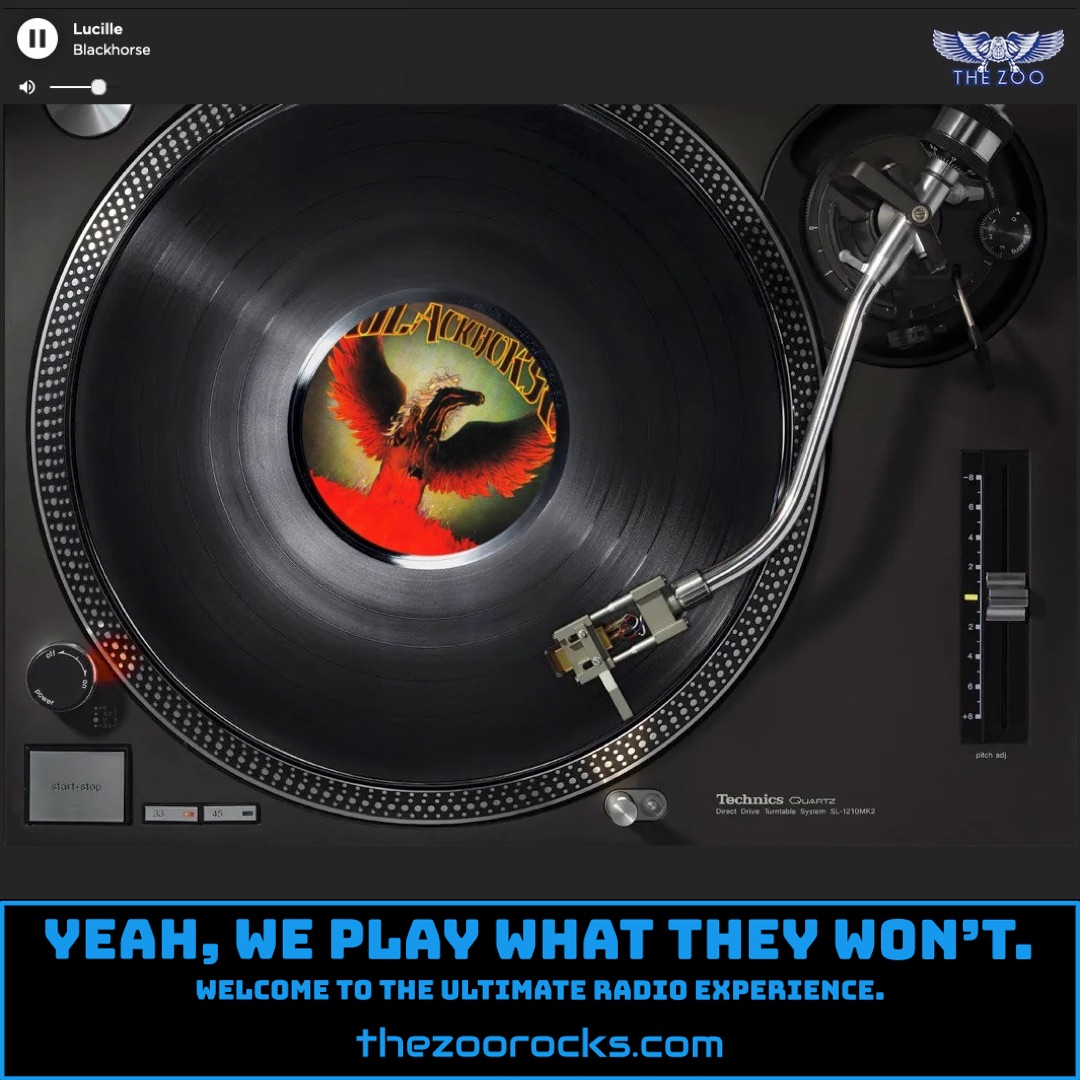Run to the Hills (Live 1985)
Iron Maiden
The Zoo Crew is spinning the iconic "Run to the Hills (Live 1985)" from Iron Maiden's legendary Live After Death album, and Zoo Freaks, you're in for a treat with some wild trivia about this track! Written by bassist Steve Harris, the song was the band's first single featuring Bruce Dickinson's unmistakable "air-raid siren" vocals, released originally in 1982 with the The Number of the Beast album. The live version, recorded during the 1985 World Slavery Tour at Long Beach Arena, captures the raw energy of that era. Harris once shared in an interview that he aimed to evoke "galloping horses" with the song's rhythm, but warned musicians not to let it "run away with you" when playing it. The 1985 live single, released on December 2, hit #26 in the UK charts, and its cover art stirred some controversy, depicting a Native American wrestling a devil in Hell, which some interpreted as a commentary on imperialism, though the band clarified it was inspired by the song's narrative about colonial conflicts.
Another juicy tidbit comes from the song's legacy: in 2002, Iron Maiden re-released the single to raise funds for former drummer Clive Burr, who was battling Multiple Sclerosis, showcasing their loyalty to their early members. The song's cover art, designed by Derek Riggs, ties into the band's mascot Eddie, battling Satan with a tomahawk, a nod to the song's theme of Native American resistance. Fans on X have long debated its historical references, with some pointing to the lyrics' nod to Columbus' arrival and the destruction of the Arawak people, as noted by a fan from Saginaw, MI, on Songfacts. The track's influence is massive, with covers by bands like The Iron Maidens and even a lounge metal version by Hellsongs, proving its versatility. Zoo Freaks, this one's a galloping beast of a song that still gets the blood pumping!
Iron Maiden got their start in 1975 in Leyton, East London, when Steve Harris, a young bassist inspired by the likes of Wishbone Ash and Genesis, formed the band after leaving his previous group, Smiler. Harris, the primary songwriter, built the band’s sound around dual guitar harmonies and complex rhythms, drawing from the emerging New Wave of British Heavy Metal (NWOBHM). Early years were tough, with a fluid lineup and gigs in local pubs, but their raw energy and theatrical live shows, featuring the iconic Eddie, caught attention. Their 1979 EP, The Soundhouse Tapes, became a cult hit, leading to a deal with EMI. The 1980 self-titled debut album, with vocalist Paul Di’Anno, put them on the map, but it was Bruce Dickinson’s arrival in 1981, replacing Di’Anno, that skyrocketed their fame. The 1982 release of The Number of the Beast, featuring "Run to the Hills," cemented their status as heavy metal titans, selling nearly 20 million copies worldwide.
Zoo Freaks can connect with Iron Maiden through their official website, where you’ll find tour dates, merch, and news about their upcoming Run For Your Lives World Tour, celebrating 50 years. Follow them on Facebook, Instagram, and X for behind-the-scenes content and fan interactions. For deeper dives, check out fan communities like the Iron Maiden Fan Club on Facebook, where diehards share rare photos and setlist debates, or visit Iron Maiden Wiki for detailed lore on albums and tours. The r/ironmaiden subreddit is another hot spot for Zoo Freaks to join discussions on everything from Eddie artwork to dream setlists. Up the Irons, Zoo Crew listeners!

